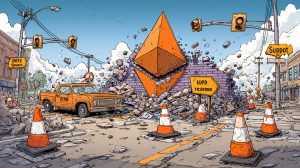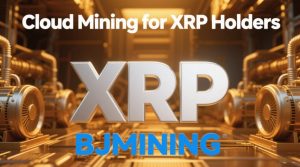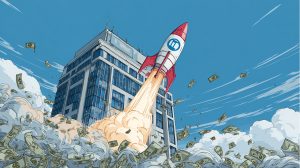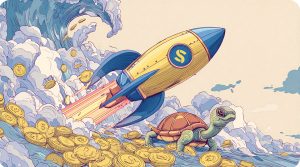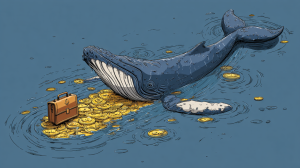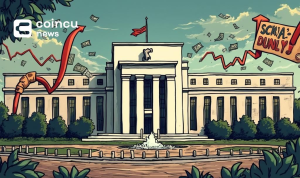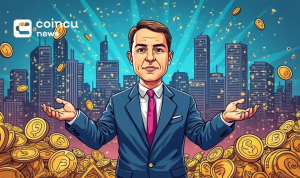Key Points:
- Gains Network is continuously iterated on the basis of gains.farm V2.
- gTrade is the first Gains Network product, which is essentially the previous gain.farm V2.
- Gains Network has innovated in its marketing model and has since revived its momentum.
- Gains Network had bubbles and loopholes in the early days, but it was iterative on the product and actively engaged with the community.
Derivatives DEX, Arbitrum Ecosystem, Binance Innovation Zone… It looks like Gains Network has gathered all the labels that have generated FOMO emotions over the past month or two.

Although there are relatively complete introductory articles on product functionality and economic models, there doesn’t seem to be a clear point to explain it, so some people say that Gains Network is a development. imitation of GMX.
So what is Gains, and where does it go from the previous context of Gains. Then we have to drag the timeline back to two years ago.
Unexpected formation
On New Year’s Day 2021, Seb, founder of the DeFi derivatives exchange gains.farm, transferred 5,000 GFARM tokens to white hat hacker @SquirrelDeFi, because the other party profits.farm’s contract that there was a loophole, and all LP funds $2 million) could be stolen.
Seb promised that if the other party showed the vulnerable code, he would reward 5,000 GFARM tokens, and finally he found out that it was true, and the hacker attack had already begun.
He quickly sold 25% of the GFARM tokens controlled by the development fund (later used as capital to start gains.farm V2), then told the community members to sell their LP assets, and finally closed the gains.farm transaction on the same day Functions.
On the second day, it is reasonable to say that the incident started to ferment (the community started to make noise), but Seb announced that he would launch a new smart contract (that is, gains.farm V2), and the model and tokens still use V1 but added monitoring transactions and The ability to pause at any time. Even if this matter is overturned?
And gains.farm V2 was officially launched on the 15th day.
This time, the GFARM token (GFARM2) was re-issued, and the total amount was reduced by about 100 times (which also means that the value increased by 100 times). Users can get GFARM2 rewards by providing liquidity on Uniswap. An NFT equivalent of a transferable membership card has also been reissued.
The V2 model is the same as before. Traders need to use GFARM tokens as a margin for leveraged transactions, and losses exceeding 90% will be liquidated. In addition, traders who hold the corresponding NFT can use the leverage of more than 10 times (up to 150 times) and act as a liquidator (can earn 10% of the liquidation position).
Today’s Gains Network is continuously iterated on the basis of gains.farm V2.
V2 model and operation
There aren’t many iterations of gain.farm V2 and some minor fixes have been made based on the last time it was hit. For example, each block can process up to 10 transactions, the pool can pause the opening of new transactions, and profits are limited to 400%, all for the purpose of preventing attacks.
The core mechanism of V2 is to use GFARM as a margin. In essence, this exchange is just a GFARM use/consumption scenario.
However, minor currencies are used as margins, which will inevitably lead to liquidation due to price fluctuations, so the team has set up an additional mechanism to avoid that – although the coins deposit margin is GFARM, the position is calculated in ETH.
Simply put, when the price of GFARM increases (relative to ETH), GFARM in a position decreases proportionally and vice versa.
Less than a week after launching V2, their NFT was taken off the shelf by OpenSea, so they decided to build their own NFT exchange and adopt an auction mode – every bid must be placed ETH enter the pool, and when someone bids a higher price it will be returned to them (but will charge 5%) and finally when the NFT is sold the highest bidder will charge 25% of the fee stream for Uniswap GFARM Betting Group.
So at this moment gain.farm’s business is focused on leveraged trading and also has NFT + GFARM2 exchange mortgage business. But it should be noted that all businesses are born around GFARM tokens rather than GFARM tokens serving businesses.
After V2 went live, a trading contest was launched, but the effect was mediocre. There were over 160 trades within 3 days of launch, and the market value was just $600,000. So the Gains team quickly started on an iterative route at least every two weeks.
Redo after V2
Although V2 addresses V1’s vulnerabilities, its starting point (i.e., all business activities revolve around GFARM tokens) has two unavoidable problems.
First of all, why bother, why not directly use ETH or stablecoin in exchange for face value? The second is that the price of GFARM is easily manipulated (especially on Uniswap).
First, the Gains team tackles price manipulation, uses new prophecies, and implements massive restrictions and arbitrage in trading. GFARM tokens are then simply cleared as margin and the margin is directly converted to US dollar-pegged DAI in one step.
A month after V2 launched, the community reported that Ethereum’s fees were too high (not only gas fees but also processing fees, as ChainLink’s price alone, cost $3), and ultimately the cost of each transaction exceeded $24, not suitable for Derivative transactions, the team contacted the community to move to layer 2 and ultimately chose Polygon.
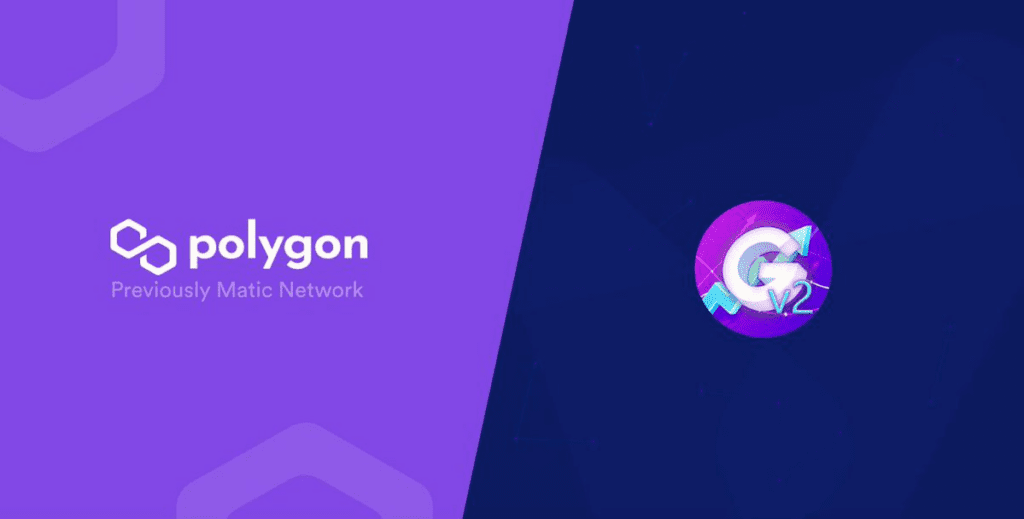
The test network was launched in less than a month, and shortly after, in April, Polygon officially launched and the fee per transaction dropped to 0.001… The benefits ushered in a huge boom – 24 Hours after launching 317 trades, the trading volume reached $8.6 million.
Furthermore, the Gains team is also constantly adjusting its positioning – cryptocurrencies are just the beginning and it will expand into stocks, forex and commodities in the future.
Since then, gain.farm has constantly been launching new currencies, tweaking the UI design, and general marketing with waisted KOLs. By September, it had been iterated into V5, and V5 was launched in less than 48 hours, with a daily trading volume of more than $20 million.
Rebranding Gains Network
The Gains team realized that the name gain.farm could be easily confused with a token-issuing farm instead of a derivatives exchange, so in October 2021, it was renamed Gains Network in a move step.
However, their starting point has not changed – all businesses were born around the GFARM token, but now they are starting to lay out the product matrix.
gTrade is the first Gains Network product, which is essentially the previous gain.farm V2. However, the GFARM token was forked 1000 times and renamed GNS (Growth Token).
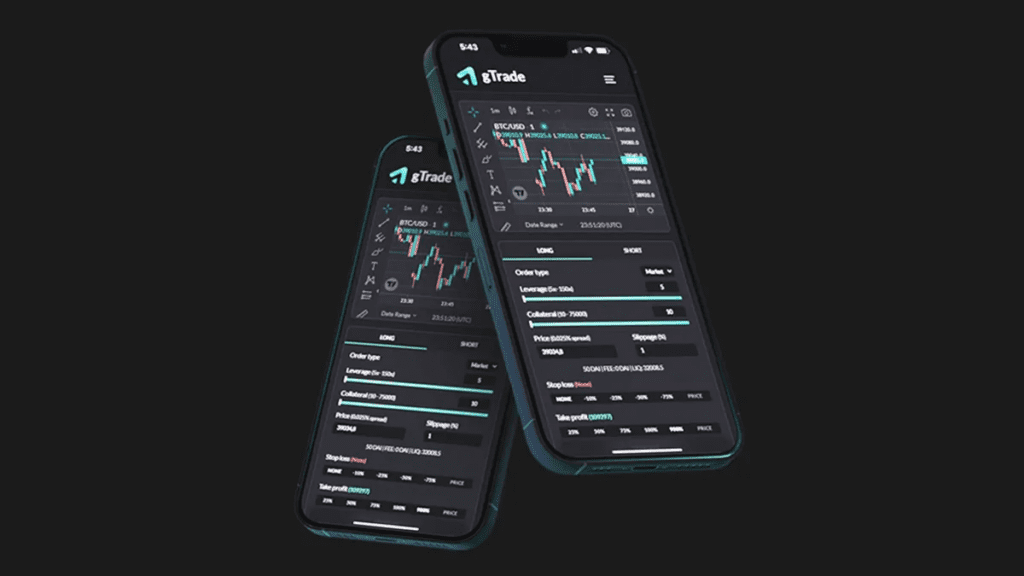
The model has also been adapted to use DAI as a margin – if the user earns, he will withdraw directly from the vault as before, but the money the user loses will be used to buy back GNS and destroyed when the vault ends – mortgage (more than 110%) it.
After that, the marketing team had a clear push towards Gains’ popularity – implemented more systematic and intensive marketing, including but not limited to organizing Twitter Spaces with various partners, actively interacting in the community to manage community content, liaise with KOL to promote the proposed plan, etc. Three months later (January 2022), Polygon awarded Gains Network $250,000 MATIC for two trading contests.
The Gains team is also acutely aware that marketing, especially community marketing, is a top priority, even while the project is still in development.
So the team invited a marketing team, all of whom were early adopters of Gains, who had a deep understanding of the project and believed in its potential.
Gains Network also started looking at expanding to other chains and Solana was the top choice at the time.
V6 up to now
A few weeks after Gains Network went live, it experienced explosive growth, but decided to keep iterating, i.e. V6, followed by countless iterations, big or small, for example, such as optimizing various experiences (adding stop-loss orders, web chat functionality, etc.), and major iterations such as no longer using GNS as collateral after hurricane LUNA but switching to DAI.
However, the form of the Gains Network today was finally defined at this stage. So let’s skip the multitude of tweaks and directly introduce Gains Network’s current model.
All trades (from crypto to forex with up to 1000x leverage) use DAI as collateral and are settled in DAI, and each trade has 0 slippages.
The counterpart of the trade is the DAI treasury (the trader’s collateralized DAI is still in the contract) and if the trader makes a profit, he withdraws DAI from it and if he loses, he deducts it. respective collateral and put it in the account. Treasury.
So here’s the question, isn’t the starting point of Gains Network that all business revolves around the base currency? It seems that GNS is not necessary, but the Gains team devised a consumption scenario for it – 40% of the market price list and 15% of the limit order fee allocated to the GNS unilateral commit group, almost 32 .5% Profit on revenue.
Another very important scenario is that the DAI treasury buys GNS and destroys it. The premise is that in the long run, the trader has to lose more than the profit, then this loss will be transferred to the DAI treasury, then buy back GNS and destroy it.
Conclusion
Now we can look back again. Gains Network had bubbles and loopholes in the early days, but iterated on products and actively communicated with the community, and eventually eliminated bubbles and loopholes in the progress towards the growth flywheel.
Strictly speaking, Gains Network is not the most professional derivatives exchange, but that doesn’t matter. Repetition and community are the lifeblood of crypto products.
DISCLAIMER: The Information on this website is provided as general market commentary and does not constitute investment advice. We encourage you to do your own research before investing.
Join us to keep track of news: https://linktr.ee/coincu
Harold
Coincu News








